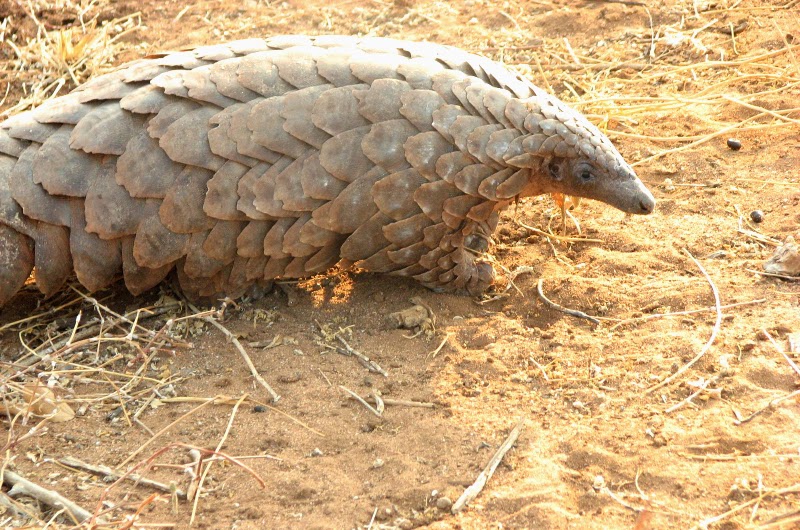This Elephant Appreciation Day, we check in with Woodland Park Zoo Partner for Wildlife, the Tarangire Elephant Project on news from the conservation frontlines. Here they report in from the field on their growing involvement in elephant territories beyond the borders of Tarangire National Park:
In the past year we have become more involved in new territory: the Makame Wildlife Management Area (WMA), to the southeast of Tarangire National Park. This is a vast area, nearly 1.2 million acres in size (almost two times larger than Tarangire National Park), which is arid, hot, and sparsely populated. Wildlife Management Areas are community lands that have been set aside for wildlife conservation and tourism, in order to encourage communities to promote conservation and benefit from the natural resources on their land. Makame is of particular interest to us because it harbors an elephant population that migrates to Tarangire National Park in the dry season. However, unlike the other elephants in Tarangire, this population spends most of the year in Makame outside the Park, and only ventures into the Park during the dry months (August–November), when the permanent water dries up in the Makame area. The elephants can survive outside the Park (where there is little protection from poachers) because much of the WMA is covered in extremely dense bush and thicket, which is extremely difficult to access and therefore provides excellent cover for the elephants.
 |
| Elephants viewed from an aerial survey in Makame WMA. Photo (modified) courtesy of Wildlife Conservation Society. |
Last year we hired 11 local Maasai villagers to serve as village game scouts, spread across five villages in the WMA. Their job is to patrol the WMA and report any poaching activity, as well as to carry out monthly transects along set routes, so we can get an idea of wildlife densities and distribution in the area. Because the area is significantly drier than Tarangire National Park, it harbors many arid-country species that are uncommon or rare in the Park. These include the lesser kudu and the gerenuk, a strange looking gazelle with an elongated neck and legs that has the rather apt Swahili name of Swala Twiga or "Giraffe Gazelle." The WMA is also home to a significant number of wild dogs, an endangered species in Africa. We don’t know how many wild dogs are in the WMA, although our staff has seen a pack of 50 dogs, suggesting that there may be over one or two hundred of the animals spread across the broader area. A combination of a good prey base, thick bush (which provides excellent cover for denning sites), and a low density of lions (which compete with, and sometimes kill, wild dogs), all make this an excellent site for this species.
 |
| A rare ground pangolin was a lucky find in the Makame WMA. Photo by Boniface Osujaki. |
Perhaps the best sighting record yet from our game scouts is of a ground pangolin, sometimes called the scaly anteater. This animal is extremely difficult to see in Tanzania, partly because of its nocturnal habits, but also because it appears to be rare throughout the country. In camera trap surveys we have conducted across Tanzania involving over 20,000 camera trap nights, we have only twice recorded ground pangolins. The pangolin in this picture had been found by a villager and was later released by the game scouts. Unfortunately the growing demand from China for pangolin scales has put intense pressure on the four species of pangolin found in Africa, and entire containers full of pangolins have been intercepted at ports in Asia.
 |
| Five of the eleven Village Game Scouts sponsored by the Tarangire Elephant Project in the Makame WMA. Photo by Boniface Osujaki. |
Running anti-poaching activities in Makame is particularly difficult as the area is so large, and communications are poor, meaning that the scouts often have to cycle several miles before they can find an area with cellphone reception. Despite this, they have so far helped arrest 10 poachers in two different incidences, and the confiscation of one rifle and a shotgun. We intend to improve communications, provide additional transportation, and facilitate support from the Wildlife Authorities to bolster our anti-poaching operations in this vast and unique area.
Comments
Post a Comment